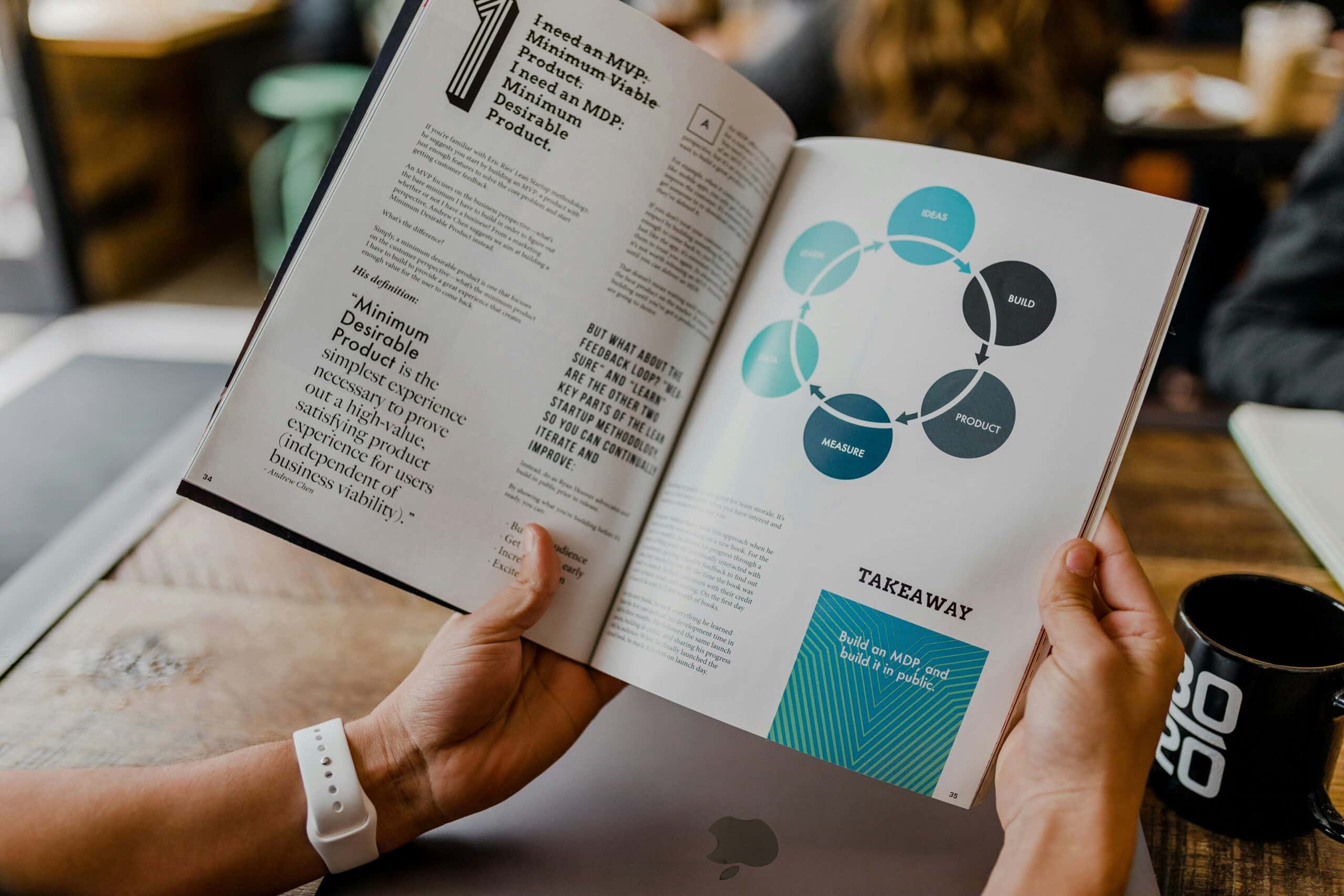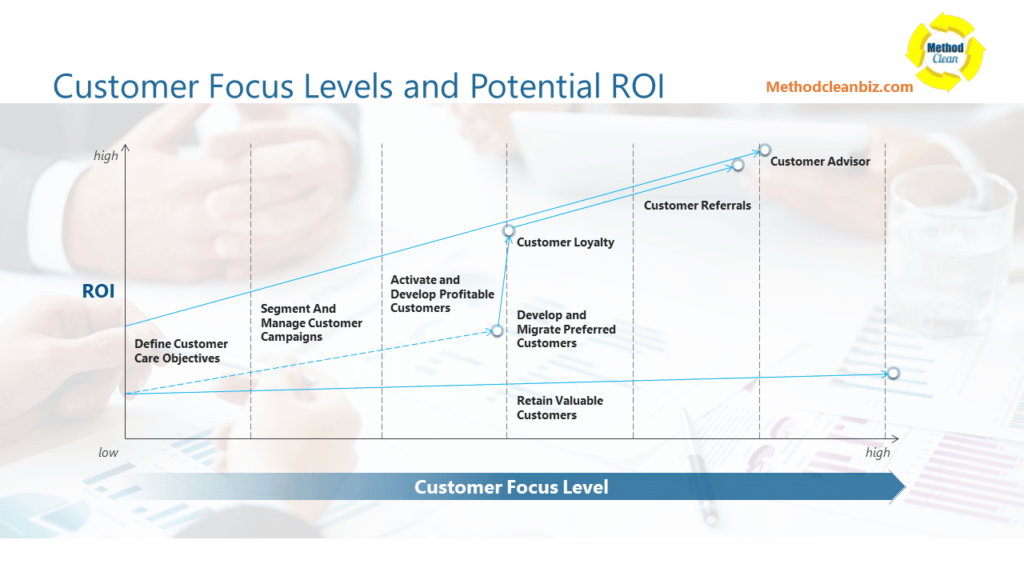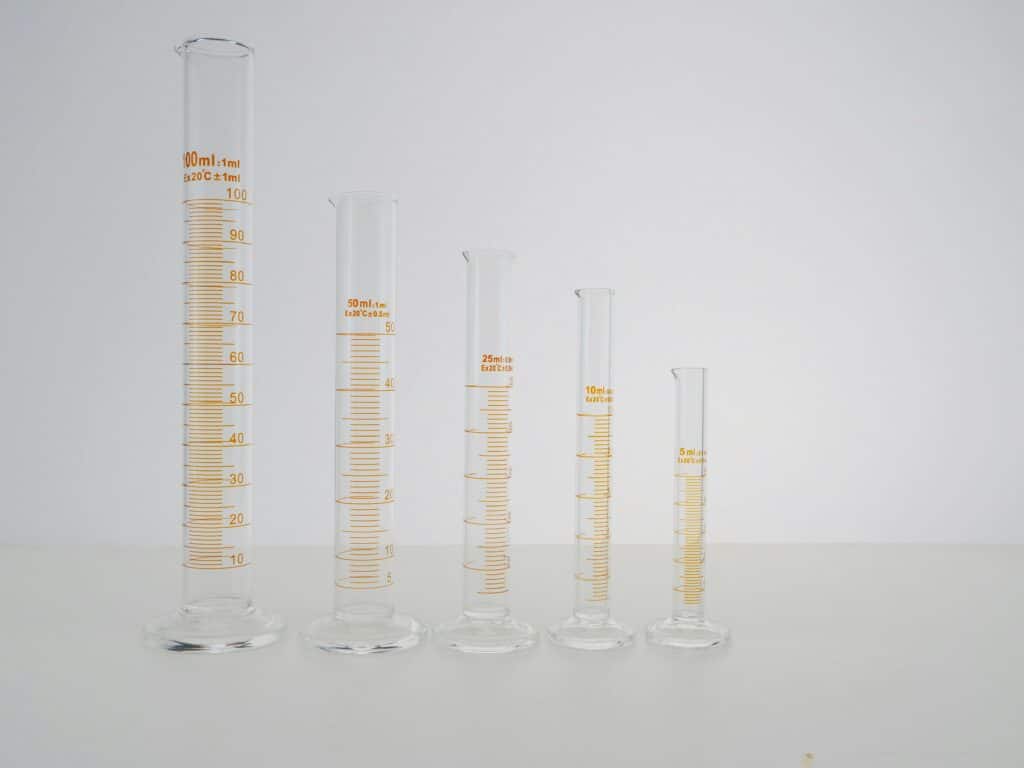Branding and Growing Your Cleaning Business
Embarking on the journey of building a successful cleaning business requires more than just superior cleaning skills; it necessitates a robust branding and growth strategy. In today’s competitive market, understanding and navigating the stages of brand maturity can significantly enhance your business’s market presence and customer base. This blog outlines a comprehensive approach using the Brand Maturity Assessment Tool, designed specifically for the cleaning industry.
1. Laying the Foundation in the Start-Up Phase
The initial stage of your cleaning business is critical. It’s where you establish your brand identity and begin to make your mark. Here, your primary focus should be on creating significant brand awareness and building a solid market presence. Invest in impactful marketing strategies that highlight the uniqueness of your services, such as eco-friendly cleaning options or specialized sanitization services. Effective tactics include:
- Social Media Campaigns: Utilize platforms like Facebook and Instagram to reach local audiences. Post before-and-after photos of your cleaning projects, share customer testimonials, and engage regularly with your followers.
- Local SEO: Optimize your website for local search terms, such as “eco-friendly cleaning service in [City Name]”. This will help you appear in search results when potential customers are looking for cleaning services in your area.
2. Accelerating Growth Through Differentiation
As your business enters the growth phase, your focus should shift to expanding your customer base and differentiating your services from the competition. This is the time to innovate and offer services that fulfill the unique needs of your target market. Consider introducing specialized packages, such as allergen-free cleaning for homes with allergy sufferers or high-tech sanitation for tech companies.
- Referral Programs: Encourage word-of-mouth marketing by offering discounts or free services to customers who refer new clients.
- Targeted Advertising: Use paid ads to target specific demographics on platforms like Google Ads or Facebook based on interests and location.
3. Maintaining and Expanding in the Maturity Phase
Achieving a high market share and fostering brand loyalty are paramount in the maturity phase of your brand. Your reputation for quality and reliability becomes your strongest asset. Retain your competitive edge by continuously improving your service quality and customer relationship management.
- Loyalty Programs: Implement a loyalty program that rewards repeat customers with discounts, freebies, or exclusive services.
- Community Involvement: Increase brand visibility and loyalty by participating in and sponsoring community events.
4. Innovating in the Saturation/Decline Phase
When growth slows due to market saturation, it’s essential to innovate and adapt. This might involve exploring new markets, diversifying service offerings, or leveraging technology to improve service delivery and customer interaction.
- Technological Advancements: Adopt new technologies such as booking and scheduling software or use environmentally friendly cleaning products to appeal to eco-conscious consumers.
- Market Expansion: Consider geographic expansion into new areas or niches like commercial or industrial markets if you have previously focused on residential cleaning.
5. Utilizing the Brand Maturity Assessment Tool
Regularly using the Brand Maturity Assessment Tool can guide you through each phase effectively. This tool helps you evaluate critical aspects of your business—from brand awareness and market presence to adaptability against competition. By understanding your current phase, you can better plan your strategies to enhance your market position and brand value.
Brand Maturity Assessment Template: Cleaning Services
Navigating through the phases of brand maturity requires a dynamic and responsive approach to branding and marketing. By understanding and implementing the strategies associated with each phase of brand development, your cleaning business can not only survive but thrive in today’s competitive landscape.
Remember, the key to successful branding and growth lies in your ability to adapt, innovate, and remain customer-focused throughout your business journey.
Start-up Phase
Utilizing the Brand Maturity Assessment Tool, assess your:
Brand Awareness (1-5):
1: No brand awareness. 5: High brand awareness through effective marketing campaigns.
Market Presence (1-5):
1: Limited market presence. 5: Broad market presence in the targeted areas.
Effective marketing campaigns and strategic positioning are key to achieving a high score on the Brand Maturity Assessment Tool. This initial groundwork sets the stage for subsequent phases of growth.
Growth Phase
Employ the assessment tool to gauge:
Customer Base Growth (1-5):
1: Slow customer acquisition. 5: Rapid growth in the customer base.
Service Differentiation (1-5):
1: Basic cleaning services. 5: Unique and specialized cleaning services.
Maturity Phase
Scrutinize your brand with:
Market Share (1-5):
1: Low market share. 5: High market share compared to competitors.
Brand Loyalty (1-5):
1: Limited customer loyalty. 5: Strong customer loyalty and repeat business.
Saturation/Decline Phase
The assessment tool dissects:
Competitive Challenges (1-5):
1: Facing intense competition. 5: Maintaining competitiveness despite challenges.
Adaptability (1-5):
1: Resistance to change. 5: Demonstrating adaptability and innovation in response to market changes.
Overall Brand Maturity Level
[Calculate the average score from the above sections]
How to Use the Brand Maturity Assessment Tool:
- Rate each criterion on a scale of 1 to 5.
- Calculate the overall brand maturity level.
- Interpret the results:
- 1-2: Introduction/Start-up Phase
- 2-3: Growth Phase
- 3-4: Maturity Phase
- 4-5: Saturation/Decline Phase
Brand Awareness Scoring:
Evaluate market recognition, brand recall, and online presence to assess:
[Details on Market Recognition, Brand Recall, and Online Presence]
Market Presence Scoring:
Consider geographical reach, distribution channels, and competitive landscape to gauge:
[Details on Geographical Reach, Distribution Channels, and Competitive Landscape]
Customer Base Growth Scoring:
Analyze customer acquisition rate, market expansion, and retention and churn for comprehensive insights:
[Details on Customer Acquisition Rate, Market Expansion, and Retention and Churn]
Service Differentiation Scoring:
Assess the range of services, innovation and technology, and customer personalization to understand:
[Details on Range of Services, Innovation and Technology, and Customer Personalization]
High Market Share:
Define what constitutes high market share and its significance:
[Details on High Market Share, Moderate Market Share, and Low Market Share]
Brand Loyalty Scoring:
Examine repeat business, customer retention, and customer advocacy for a holistic view:
[Details on Repeat Business, Customer Retention, and Customer Advocacy]
Competitive Challenges Scoring:
Evaluate market competition, market share erosion, and adaptability and innovation to navigate:
[Details on Market Competition, Market Share Erosion, and Adaptability and Innovation]
Adaptability Scoring:
Assess response to market changes, innovation culture, and adoption of new technologies for flexibility:
[Details on Response to Market Changes, Innovation Culture, and Adoption of New Technologies]
In embracing the Brand Maturity Assessment Tool
Your cleaning service gains a strategic compass.
Regular assessments and adjustments based on the insights gleaned will steer your brand towards sustained growth and prominence in the competitive cleaning service landscape. The journey to brand maturity is not a linear path but a dynamic expedition, and with the right tools, your brand can unlock its full potential.




